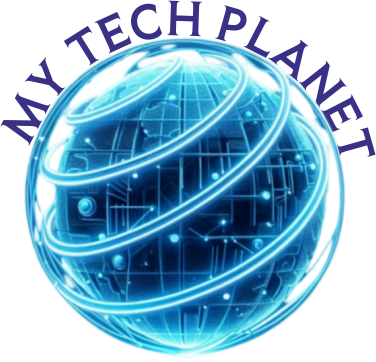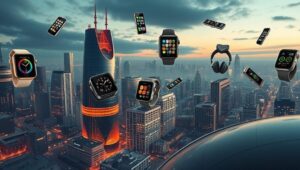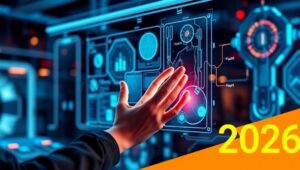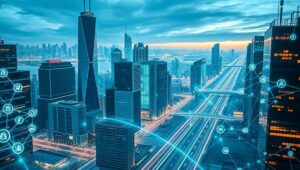May 27, 2025
The Future of IDEs: AI-Assisted and Collaborative (2025)
The Future of IDEs: AI-Assisted and Collaborative (2025) Integrated Development Environments (IDEs) are the cornerstone of software development. As we move closer to 2025, IDEs are undergoing a significant transformation, driven by advancements in artificial intelligence and the increasing demand for seamless collaboration. This article explores the future of IDEs, focusing on AI-assisted features and collaborative capabilities. AI-Assisted Development AI is set to revolutionize how developers write code. Here are key AI-driven features expected in future IDEs: Intelligent Code Completion: AI algorithms will provide more accurate and context-aware code suggestions, reducing coding time and errors. Automated Code Generation: AI will













